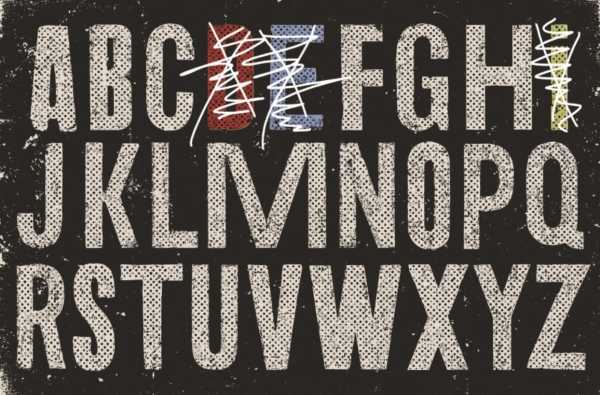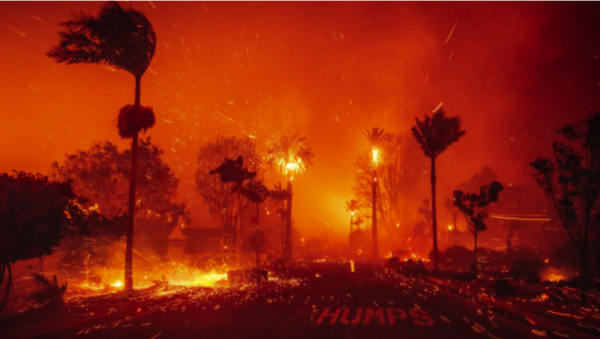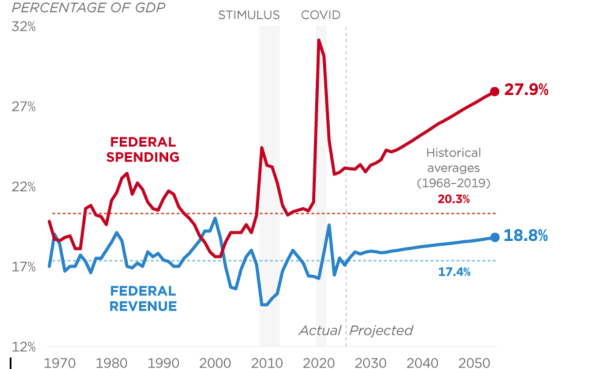Teachers Heald and Hunter attend Sundance Film Festival
The population of Park City, Utah, multiplies every year in mid-January. Tens of thousands of aspiring independent filmmakers and Hollywood stars alike flood the city and wait in long lines hoping to watch cutting edge films such as Nate Parker’s The Birth of a Nation or Spike Lee’s documentary on Michael Jackson.
This surge in popularity lasts about ten days, the length of the Sundance Film Festival. As the largest independent film festival in the United States, Sundance showcases hundreds of unique yet provocative films every year and allows its participants the opportunity to meet with the film producers concluding the film. In recent years, the festival’s attendance has spiked, and more famous producers and directors have began participating.
Nevertheless, Sundance was not always the booming event it is today. Thirty-eight years ago when Robert Redford founded the Sundance film festival, the event showcased strictly American made films, serving as a medium for modest, independent filmmakers to gain viewership and a small tourist attraction for Utah. In recent years people’s interest in the unedited, authentic nature of these films increased, and so Sundance became not a small attraction, but a festival attracting 46,7000 people.
English teacher Mary Heald and English Department chair Kristin Hunter were two of those people that attended the festival Jan. 27 to Jan. 31. They decided to participate in the festival after Caroline Herring, a well-known American folk and country singer and friend of Hunter’s, invited them to Sundance.
“My friend Caroline, who was actually a guest at my JanTerm course, invited me [to Sundance],” said Hunter. “Her sister is a documentary filmmaker, so I guess I was just lucky to have a connection with the festival.”
Although Herring was the first to personally invite them to the festival, both Hunter and Heald already knew about Sundance because of their interest in independent films.
“I love how independent films tell a story,” said Hunter. “John Krasinski had this one film that I loved called The Hollars that is a family comedy. It will have you crying one minute and laughing the next.”
Hunter and Heald agree that the powerfully different nature of independent film and diverse experience at a film festival like Sundance is what makes it so popular.
Once committed to the event, the teachers began researching the films, workshops, and music venues available and quickly filled their agenda. At such an event, both teachers needed to reserve a space in their activities.
“You really have to do a lot of research to figure out what movies you want to see because you won’t have time for everything. I planned to fit in seven movies, but it was not easy,” said Hunter. “It was a rigorous few days.”
Parker’s The Birth of a Nation, for example, required the teachers to book their space ahead of time because of its popularity. Although she had to forego other film opportunities to weave it in her schedule, Heald explains that The Birth of a Nation was well worth her time and planning.
“Parker was able to write, direct, and star in this film thanks to financial help from Sundance,” said Heald. “It was one of those movies where you think you are just going to sob in the movie theater. The reason it was so intense is because you see Nat Turner as a boy and then grow up to be this person that is beautiful inside and out.”
Concluding every film, the audience heard from the film producers and asked them questions about their work. After The Birth of a Nation, Parker spoke about how his decision to make the movie. He was motivated after learning that many Americans did not know enough about Turner, an African-American slave and leader of a slave rebellion. Parker’s story particularly interested Heald, sparking her interest in the detailed story of Turner.
“[Parker] talked about how he took off a year of work to finish [the film]. He has five children, but it was just that important to him,” said Heald. “The film and Parker’s story just made me realize how little we all know about so many great people like Nat Turner. Now I can’t wait to research and learn more.”
If the movies that the teachers researched beforehand surprised them, the impact of unplanned, spontaneous movies was tenfold. Throughout the festival, the teachers packed in a few other movies into their schedule. They heard about the movies from fellow Sundance participants and used a mobile app to get on the movie waiting list. Heald used this app to watch a German film about a woman and her relationship with a wolf after hearing from a friend that it was interesting.
“The main character [in the movie] sees a wolf and falls in love with the wolf,” said Heald. “It was really weird. The audience yelled out ‘no!’ to some of the things we saw in disbelief. At the same time, the film was really well done. It made me ask myself: what kind of world are we living in?”
The film’s impact on Heald can be partly attributed to its incredible soundtrack. Independent filmmakers, although on a tighter budget, can effectively use smaller ensembles to portray a scene’s mood and ultimately their message well. Scott Stewart, band and orchestra teacher, describes how music enhances the independent films found at Sundance.
“Because they have smaller production and marketing budgets, independent films are less locked into the Hollywood paradigms of large symphonic, synth-based, or pop tunes/adapted scores for their soundtracks,” said Stewart. “You are likely to find much more variety in genre, style, instrumentation, and approach in independent films, which can add a layer of interest sometimes less prevalent in big blockbusters.”
Ultimately, independent films’ lasting impact is what continues to bring so many people back each year. The festival’s slogan, “ten days of different,” beautifully captures the essence of the event. Although Sundance is no longer the smaller, intimate event it was in 1978, it now allows more independent filmmakers to deliver their message than before.
According to Hunter, movie theaters cannot compare to the many opportunities that Sundance offers.
“I think independent films are often more provocative, intellectual, and emotionally edgy,” said Hunter. “Sometimes we see a lot of films that are predictable and overdone. You don’t find that at a place like Sundance.”




